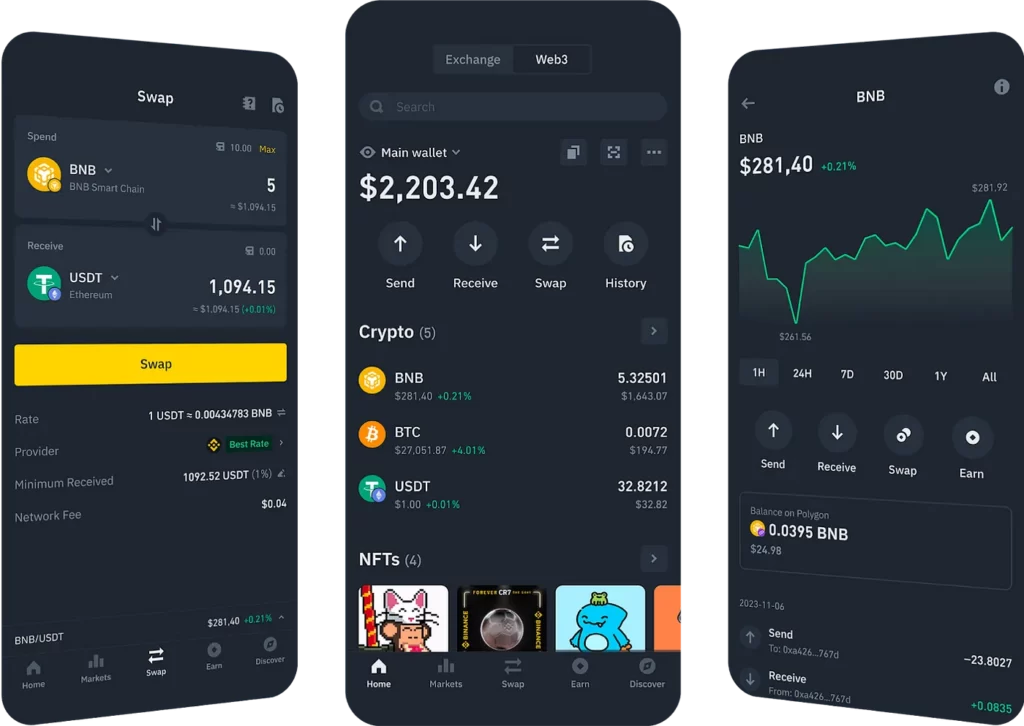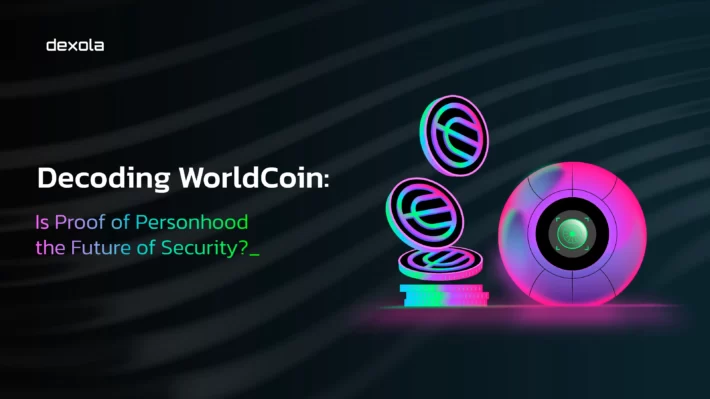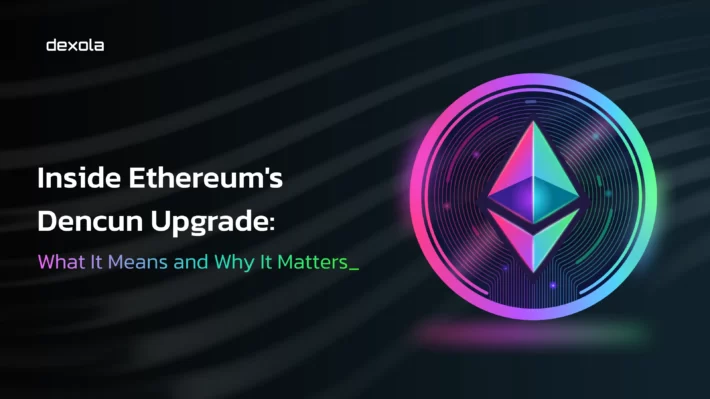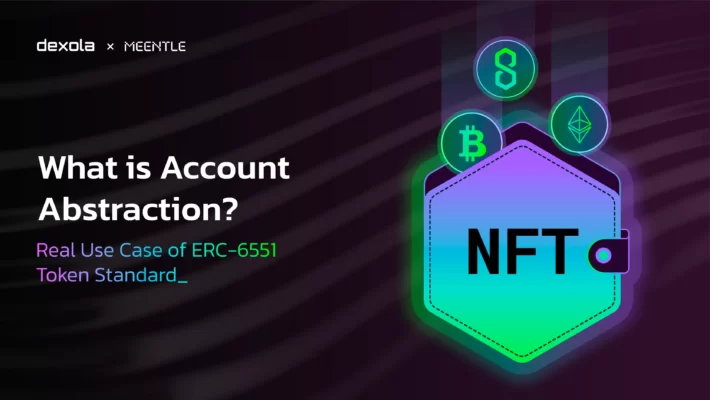Binance Web3 Wallet: What Is It and Key Benefits

At the beginning of November, Binance announced the launch of its Web3 wallet, claiming it would attract an additional billion users to Web3 products. In contrast, MetaMask, the world’s most popular crypto wallet, boasts only 21 million active users, according to Bloomberg. So why would Binance expect 1 billion?
The reasons behind such a loud statement are simple: it is Binance’s product, it is convenient and there might be a lot of future updates that will make this wallet a standard, like Apple Pay is. Let’s dive in and see the benefits of Binance’s Web3 wallet.
What is Binance Web3 Wallet
The Binance Web3 Wallet is a custodial wallet developed by Binance. If you’re wondering how to use a Binance Web3 wallet, do not worry. Honestly, if you’ve used MetaMask, TronLink, Trust Wallet, or any similar service, navigating Binance’s wallet will be a breeze.

What is Web3 wallet in Binance? It supports 38 popular blockchains, and its features allow swapping tokens via DEXes, and cross-chain bridging via Binance Bridge. The security looks robust, and also, it supports direct transfers from Binance to Web3 Wallet and vice versa.
So, what are the benefits? Is Binance Web3 wallet safe? And why would a centralized exchange like Binance launch a wallet specifically for DeFi?
- You can use dApps: Uniswap, Aave, Curve Finance, you name it. Obviously, Binance aims to attract more users to its BNB Chain network.
- You can buy meme coins before they are listed on any centralized exchange.
- You can send and receive any tokens, even if they are not supported by Binance or any other centralized exchange yet.
However, with this great functionality come significant trade-offs.
First, whatever Binance says about self-custody, it is a custodial wallet. It uses multi-party computation (MPC) technology which means that the private key that controls your wallet address is divided into shards and stored on your device, in a cloud storage encrypted with a password, and on Binance’s servers too. You won’t even know what your private key or seed phrase is and you won’t be able to back it up on a paper like you do with regular non-custodial wallets. Indeed, MPC allows you to recover your wallet if you lose your device, much like regular backups.
Second, you will need to pass KYC to use this wallet. Binance Web3 Wallet is linked to your Binance account, thus your on-chain transactions from this “Web3” wallet are not just quasi-anonymous, but have your name and surname labeled on them, figuratively speaking.
Third, despite trying to be the most inclusive and modern wallet, supporting leaders like Ethereum next to such complex chains as Axelar and Injective, it does not support Solana, NEAR Protocol, Tezos, and a few other quite popular chains. There might be technical limitations and deadlines that won’t let the developers implement all Binance-supported chains, but this sure looks strange.
As you can see, the tradeoffs are quite serious. Here comes a question: how will this mostly generic wallet bring another billion users into Web3? The answers are simple: the crypto enthusiast pool is limited, and normies do not care about all the risks above.
Read about building a crypto credit card system in our blog.
The Plan to Attract 1 Billion Users Is Possible
So, about MPC with a custodial private key storage. The normies do not care about self-custody, because they are used to experience of trusting governments, banks, centralized exchanges, etc. They are not ready and not willing to take care of their keys, they do not care how does Binance Web3 wallet work, and Binance is not forcing us to use its wallet instead of Trezor, Bitcoin Client, or whatever we like to use to feel safe.
Multi-Party Computation simplifies onboarding. There are no strange words to back up, there are no bottlenecks. Create the wallet, fund it, and farm those 3–100% APY in any DeFi you like.
Average users are accustomed to undergoing KYC procedures. They have to show their IDs on each occasion and they would share their private information with someone else for one more time without a doubt. Anonymity or complex DeFi strategies? They often struggle with tasks like backing up their seed phrase and are likely to farm or buy whatever the wallet promotes today, even if it means disclosing their transactions to law enforcement agencies.
Of course, the global ecosystem wallet that doesn’t support integration of some of the TOP-10 chains looks strange, but only if you do not know about crypto politics and conflicts. Binance added to the Web3 wallet the chains it has good relations with while keeping the rest off-board. Perhaps the team will add Solana (SOL) support in the future, but that’s not the case as of now.
The Binance Web3 Wallet is a Big Deal
What are the takeaways from our Binance Web3 wallet review?
The DeFi ecosystem is currently in a rough spot, facing a constant demand for liquidity. Those thriving for liquidity will pay more than a common 3% APR.
At Dexola we believe, the Binance wallet, thanks to its good Web3 UX design and interface, if marketed in the right manner, has a great chance to become a default on-ramp into the decentralized finances ecosystem. It is a perfect digital tool for those who buy and store crypto on centralized exchanges and want to shift their assets management to more profitable decentralized finances.
Want to find out more about the technical discovery phase in Web3 or our smart contracts development services? Don’t hesitate to contact us today.


